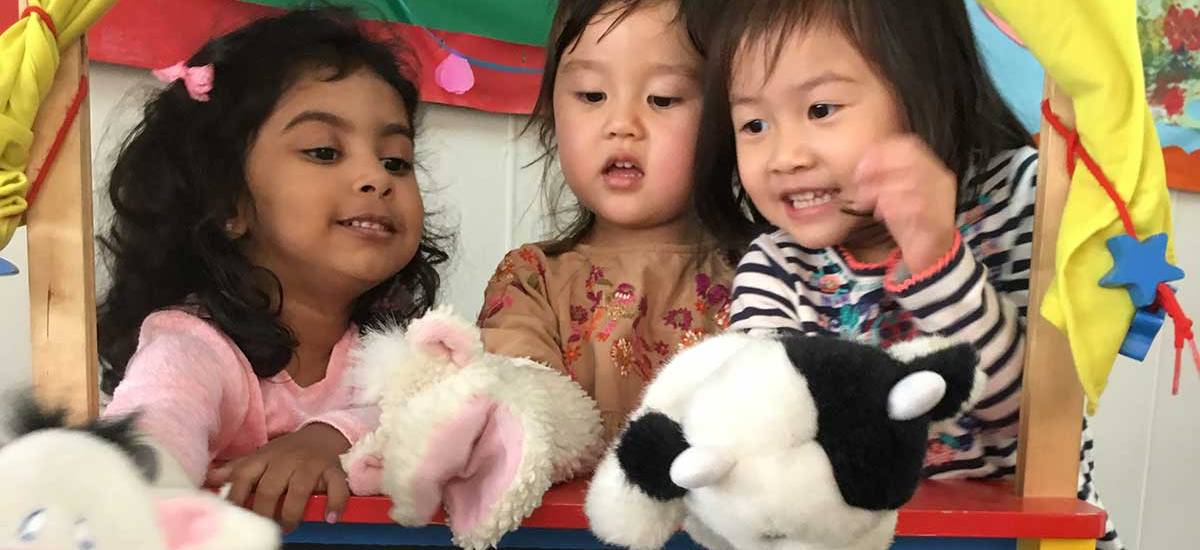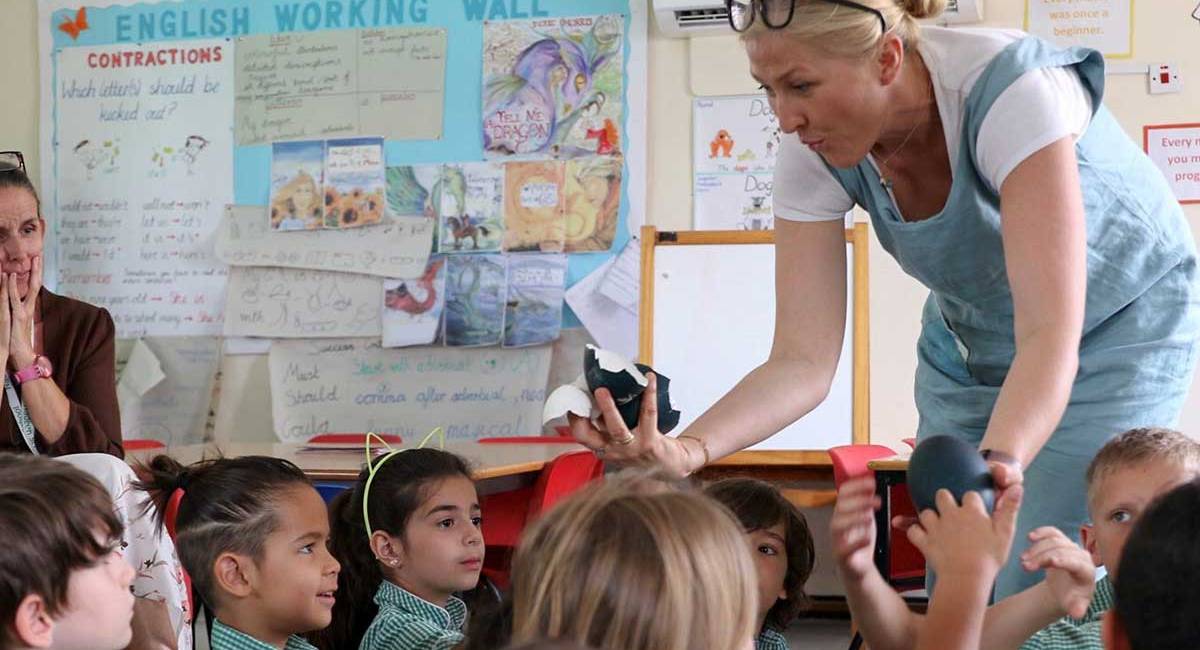Miss Abigail’s thought for the week: learning and remembering stories
Have you ever rolled your eyes as your child requests the same bedtime story for the 52nd time in a row? Ever had inappropriately homicidal thoughts about The Gruffalo or sweet little Owl Babies? Endless repetition of stories can be tedious and frustrating for adults. Why don’t they want to hear something new?! The fact is that children need this repetition of story at different stages of development as it lays down linguistic patterns and conventions of story (a.k.a. real life!) in their memory and their understanding.
At Nadeen, one of the strategies we use in English lessons is the use of ‘text maps’ – a pictorial map or sequence of the story or text, with pictures or symbols to represent words / concepts. Children use these maps (which are sometimes made by the child, sometimes made by the teacher) to learn and remember the story – or a part of it – because this will help them to remember the sort of language and structure that they will need to use in their writing to follow.
Jeremy is, in this video, reciting the first few pages of The Tear Thief, pretty much word perfectly, which he has learned through using a text map. He – and the rest of his class – can pretty much tell the whole story by heart. (Incidentally, he learned this more than a month ago, so it has stuck!) This is powerful stuff. https://youtu.be/0sefp01jxJQ
It can be smaller / or simpler – here are year 2 using a text map to retell a nursery rhyme. https://youtu.be/kcPm6b8_yFU They are also able to use maps and / or actions to retell bigger texts. All year groups from year 1-6 are using this strategy, to varying extents at the moment.
But what is the point? Why do children need to know stories by heart? When children know a range of texts, the patterns, conventions and variety of language is laid down in their brains and becomes ‘the familiar’. When children come to make stories of their own, having this bank to draw from really helps; they don’t start with a ‘blank canvas’.
How can you support this at home? Encourage children to retell stories whenever possible. Model telling children a story from memory yourself. Oral storytelling is great fun! Make up stories together. Encourage them to make their own story books. When reading a book that they have heard many times before, get them to fill in sentences or words that they know. Get them to ‘read’ a story to a younger brother or sister – even if they can’t read yet! Link stories that you read to other stories that they know. Read as many stories as you can to them. Most of all, have fun with stories!









